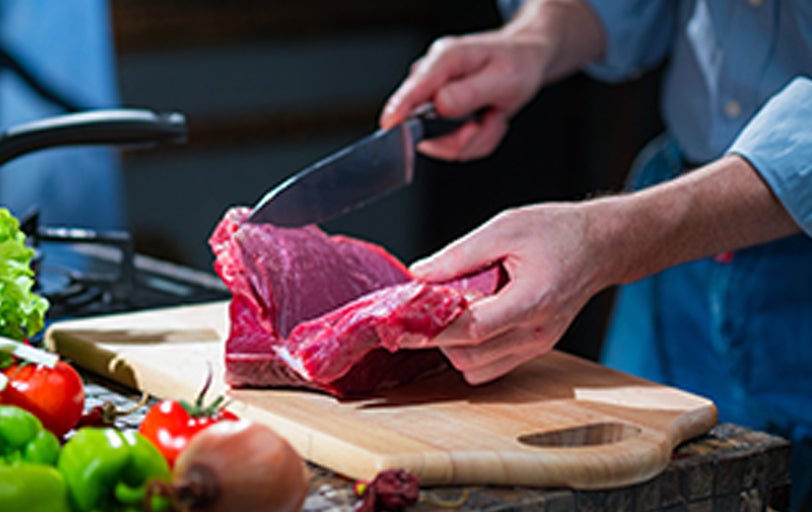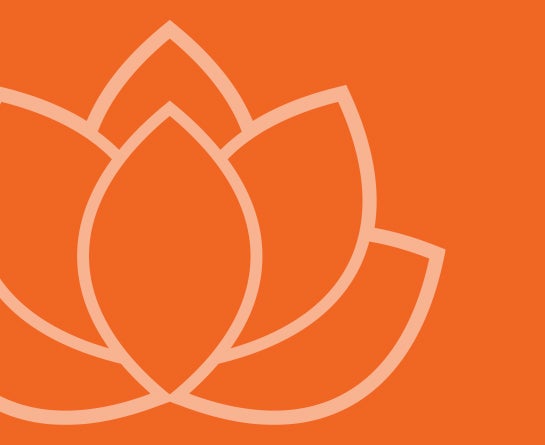For centuries, humans thrived on this type of diet, hunting and gathering the plants, fruits, and small game available. But with the advent of the industrial revolution, diets began to morph into something unrecognizable to our Paleolithic ancestors. We started to eat ultra-processed, low-cost, readily available foods—think cakes, pies, cookies, breads, pastas, meats, and other pre-packaged foods preserved in sodium.
The result? As a society, over the past century, these highly processed foods have increased the rate of chronic diseases in the United States like obesity, diabetes, hypertension, cancer, and heart disease. The statistics surrounding the modern American diet are staggering. According to the Centers for Disease Control (CDC):
Fewer than 1 in 10 U.S. adults and adolescents eats enough fruits and vegetables.
U.S. diets are high in added sugars, sodium, and saturated fats.
Nine in 10 Americans consumes too much sodium, nearly 3,400 mg a day on average.
In the U.S., $147 billion a year is spent on health care for obesity.1
But what do health and diet experts recommend?
Many agree that diet has become an issue for much of the population. Let’s take a quick look at two eating styles that have become popular, but which are grounded in science and promote health and well-being. One caveat—consult with a health professional before making major changes to your diet.
By examining anthropological excavations, scientists know what our cave man ancestors ate. Sure, they may not have lived long lives because they were attacked by wild animals, or died giving childbirth, but they also didn’t die from modern illnesses like heart disease, diabetes, or cancer. Those diseases didn’t exist.
That’s why the Paleo diet focuses on healthy foods that would have been available to our prehistoric ancestors. These consisted of:
- Plants including tubers, seeds, nuts, wild-grown barley that was pounded into flour, legumes, and flowers. Since they had discovered fire and stone tools, it is believed that our Paleolithic ancestors were able to process and cook these foods.
- Animals, mainly lean small game animals, were readily available, though some estimate animal products contributed to only about 3% of the whole Paleo diet. Animals had not yet been domesticated so dairy products were most likely not included. But remember, our ancestors ate everything—bones, cartilage, and skin. All contained precious nutrients that they instinctively knew they needed to survive. Nothing went to waste.
- Seafood, such as shellfish and other smaller fish, were a major component of the diet in coastal regions.
- Insects and their products, including honey and honeycombs, were also an ingredient of the Paleolithic diet.2
Like their Paleolithic ancestors, the people who reside in the Mediterranean region of Europe (Italy, Spain, Greece, etc.) also consume a healthier diet than most Americans, with both diets sharing some common traits.
In fact, the traditional Mediterranean diet is characterized by a high intake of olive oil, fruits, nuts, vegetables, and cereals; a moderate intake of fish and poultry; a low intake of dairy products, red meat, processed meats, and sweets; and wine in moderation, consumed with meals.3
A systematic review ranked the Mediterranean diet as the most likely dietary model to provide protection against coronary heart disease, but the Primary Prevention of Cardiovascular Disease with a Mediterranean Diet study proved it. Researchers designed a randomized trial to test the efficacy of two Mediterranean diets (one supplemented with extra-virgin olive oil and another with nuts), as compared with a control diet (a low-fat diet), on primary cardiovascular prevention.3
After enrolling nearly 7,500 people in the study, the researchers found that among persons at high cardiovascular risk, a Mediterranean diet supplemented with extra-virgin olive oil or nuts reduced the incidence of major cardiovascular events.3
Admittedly, there are lots of other diets people swear by, but the health benefits of following a Paleo or Mediterranean diet are tough to ignore. How do you incorporate these “ancestral-inspired” diets into your modern eating style though? Here are six tips to get you started.

Hunter-gatherers maximized their resources. They boiled the inedible animal parts to make drinkable broth. Though modern-day clinical research on the health benefits is limited, it is believed to be nutritious and contain vitamins and minerals consistent with a hunter-gatherer diet, such as calcium, magnesium, phosphorus and other minerals needed to strengthen your own bones.4 Try drinking bone broth to get the benefits from animal bones, cartilage and skin that we may not get in our otherwise modern diet. Simply simmer bones in water and vinegar, adding vegetables or herbs to add flavor. Use bones from any meat you cook: pork, beef, veal, turkey, lamb, bison, buffalo, venison, chicken or fish.
A Mediterranean diet essential, extra virgin olive oil delivers vitamins and antioxidants known to help fight inflammation and benefit the blood and heart. It’s great to drizzle on salad, pasta or fresh vegetables. When cooking, be sure to heat EVOO at appropriate temperatures (too high can release toxic compounds5), and purchase high quality (cold-pressed not chemically or heat processed, pure not diluted with other oils, and look for “pressed on” or “harvest date” not expiration dates). In addition, consider incorporating coconut, avocado, macadamia and ghee oils to your diet. These oils tend to be healthier versus seed and vegetable oils.

Today, lots of people think a healthy diet equals a diet without red meat, but red meat has some redeeming dietary qualities. It’s high in vitamins B12, zinc, and iron. What you should avoid are processed meats such as bacon, deli meats, and sausage that are high in salt and fat. Instead, opt for fresh, lean cuts of red meat once or twice a week, ideally organic 100% grass-fed beef known to be the most nutrient-rich and antibiotic-free (and, the closest to how animals ate when our ancestors hunted them). These recommendations also agree with the American Cancer Society’s guidelines to limit meat to a few servings a week. A hunter-gatherer-inspired diet also incorporates game meats such as bison, duck or goose. Organ meats from these animals are also higher in polyunsaturated fats, which are key to brain health.
Our ancestors fasted for days out of necessity because food wasn’t always readily available. Once primarily observed in modern times as a religious practice, fasting is gaining in popularity for its health benefits. A one-year observational study demonstrated the safety of a periodic Buchinger fast of between 4 and 21 days, as well as its beneficial effects on health and well-being. This research found periodic fasting led to marked weight loss and improvements in several cardiovascular risk factors, such as obesity, abdominal circumference and blood pressure6—all the consequences of our modern lifestyle.
Both the Paleo and Mediterranean diets are rich in seafood. But deep-fried catfish or shrimp aren’t what those diets promote. Instead, add cold water fish like wild fresh-caught salmon or trout to your plate. Cold water fish are healthier, with higher levels of omega-3s, which are scientifically documented to prevent heart disease, stroke, and improve brain health. And, they have lower levels of toxic elements, like mercury, reducing the risk of further toxicity. If you don’t like fish, talk with your health care professional about adding an omega-3 supplement to your dietary routine.

Foraging for leafy greens, root vegetables, berries, nuts and even plants we consider weeds today would have been a regular part of our ancestors’ daily activities. (Dandelions and edible flowers may have been dessert!) Both the Mediterranean and the Paleo diets promote consumption of “raw” foods, like fresh fruits, vegetables, nuts, and seeds, but balance them with the proteins mentioned above. And be sure to wash and dry all produce carefully before eating to reduce the risk of contamination with bacteria. Though eating some foods in a fresh or natural state does preserve vitamins and may add fiber to the diet, improving digestion, cooking foods also has its advantages, releasing other vitamins and destroying harmful bacteria.7
And remember, there weren’t any French fries, potato chips, soda, drive-through windows or chocolate bars 2.5 million years ago. Keep this rule of thumb in mind—eat foods that don’t have a label on them, like fresh veggies, fruits, nuts, berries, fish, and lean red meat. If you do, you’ll be on the road to a healthier diet, and a healthier lifestyle reminiscent of our ancestors.



